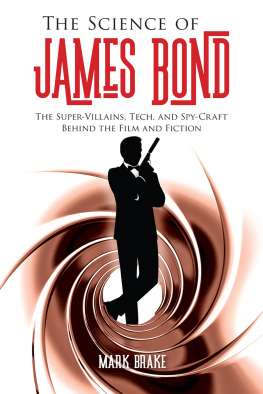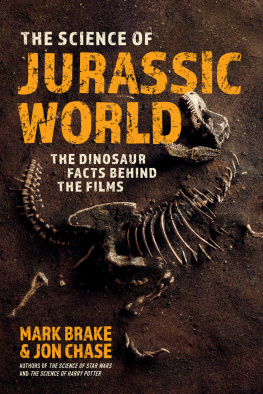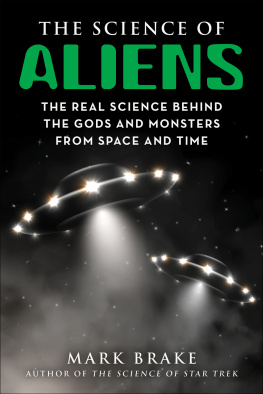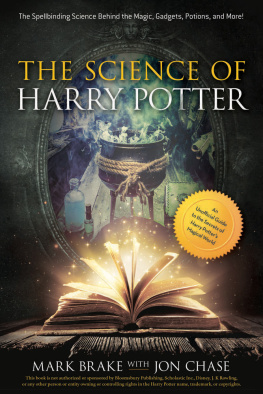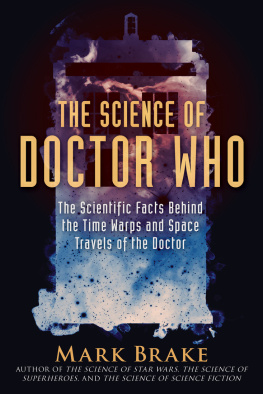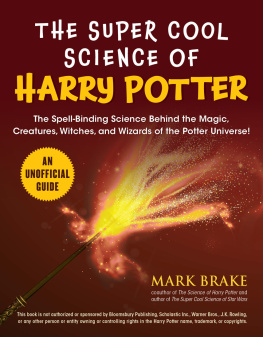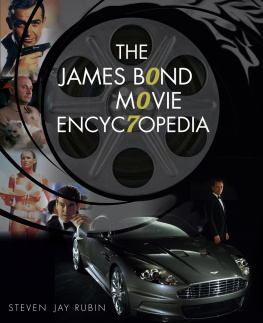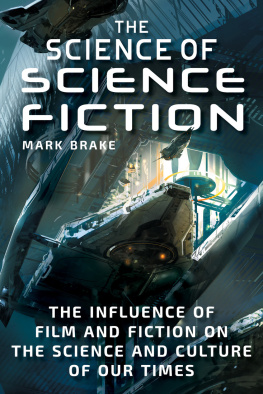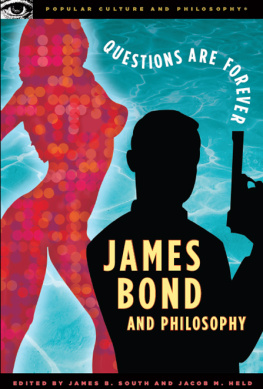


Copyright 2020 by Mark Brake
All rights reserved. No part of this book may be reproduced in any manner without the express written consent of the publisher, except in the case of brief excerpts in critical reviews or articles. All inquiries should be addressed to Skyhorse Publishing, 307 West 36th Street, 11th Floor, New York, NY 10018.
Skyhorse Publishing books may be purchased in bulk at special discounts for sales promotion, corporate gifts, fund-raising, or educational purposes. Special editions can also be created to specifications. For details, contact the Special Sales Department, Skyhorse Publishing, 307 West 36th Street, 11th Floor, New York, NY 10018 or .
Skyhorse and Skyhorse Publishing are registered trademarks of Skyhorse Publishing, Inc., a Delaware corporation.
Visit our website at www.skyhorsepublishing.com.
10 9 8 7 6 5 4 3 2 1
Library of Congress Cataloging-in-Publication Data is available on file.
Cover design by Peter Donahue
Cover illustration by gettyimages
Print ISBN: 978-1-5107-4379-3
Ebook ISBN: 978-1-5107-4380-9
Printed in the United States of America
This book is dedicated to my DadBrake, James Brakethe biggest Bond fan of them all.
CONTENTS
INTRODUCTION
SPY-FI CULTURE WITH A LICENCE TO KILL
As long as Ian Flemings kind of idea of it is basically there, it is something which lasts. [Bond] has to be real, but he has to be also a kind of fantasy person, that kind of comic strip quality about it has to be there. Times have changed and we expect different things now.
Dame Judi Dench, The South Bank Show (2008)
I think ever since the movies first appeared on the screens in the 60s, they created a new kind of cinematic genre, and I think that has lasted for several decades. Often, youll pick up the newspaper and theyll refer to a villain as being someone whos Bondian, or some extraordinary piece of architecture that looks like it could be on a Bond set.
Barbara Broccoli, The South Bank Show (2008)
Sitting in the movies as a kid, what a thrill it was to hear that incredible James Bond theme played live. The three distinct motifs echoed around the cavernous old movie theater: the surf rock guitar intro, followed by the rolling strings that peak and fall, and finally the raunchy seven-note riff in blaring brass, which now feels like the very definition of a traditional action-movie soundtrack. Such a musical trifecta would become the de facto daddy of the Bond franchises sonic style.
Then, the opening sequence. A mysterious set of circles shift across a dark screen until theyre resolved into the view down a rifled barrel. Our point of view is that of would-be assassin, as we see Bond walking in profile. But were far too slow for Bond, who dramatically turns face-on and fires, as our cinematic vision blurs due to a descending curtain of blood. To my young impressionable eyes, it was like a bad dream, or some obscure animation from eastern Europe. Next, it was time for the title sequence. Today, the images of scantily clad females on whom the titles are wavily projected seems dated and inappropriate. And yet in my bug-eyed boyhood this was an adult world full of the erotic and exotic, the mysterious and the downright dangerous.
Bond, James Bondthe only international secret agent with a shelf life of fifty-seven yearsand counting. Spy fiction had grown as a genre of literature in the early twentieth century. Espionage had been key to the context and plot. Stories had revolved around the rivalries and intrigues between the major powers, which had established modern intelligence agencies to administrate their power and imperialism. Then, before and after WWII, spy fiction was given new impetus by the conflicting ideologies of fascism and communism. The Cold War was a peak, with the emergence of global criminal organizations, rogue states, and world terrorist networks, as espionage became a potent threat to Western democracies.
James Bond was something different. Bond author and naval intelligence officer Ian Fleming had once dismissed his own creation as bang, bang, bang, kiss, kiss. And yet Bond is far more than that. What sets Bond apart from the rest of spy fiction? The super-villains and locations? The gadgets and the girls? The cars and casinos? The martinishaken, not stirred?
In this book, we shall think of the James Bond franchise as spy-fi, a genre of fiction that fuses spy fiction with science fiction, taking on board sci-fis obsessions with super-villains, the future, world domination or destruction, and trends in science and tech, often in the form of gadgets, inventions, and spy devices. After all, as Daniel Craig says in the 2012 documentary Everything or Nothing: The Untold Story of 007, Bond is rarely about the past, and almost always about the future.
One of the most obvious and superficial aspects of the Bond franchise that qualifies as sci-fi is its fixation on gadgetry. Starting with From Russia with Love, we witness Bonds pre-mission science and tech talks with Q, and 007s chance to play in the sci-fi sandbox. Inventions and gadgets such as the typewriter-sized Lektor Decoder in From Russia with Love; the homing beacons of Goldfinger; Thunderballs iconic use of the jetpack; the rocket-gunned autogyro in You Only Live Twice; the electromagnetic RPM controller ring that guarantees a slot-machine win in Diamonds Are Forever; the watch that doubles as a buzz saw in Live and Let Die; the Lotus Esprit that sports missiles, landmines, and torpedoes in The Spy Who Loved Me; are all evidence that Bond toys with the kind of tech you might find decorating a science fiction movie.
Spy-fi is a genre that revolves around the adventures of a key character working as a secret agent or spy. For the most part, such adventures center on either the intrigue of espionage between rival superpowers (during the Cold War period, this was the West against either the USSR or China) or else trying to prevent a singular enemy super-villain, some diabolical mastermind such as Blofeld of SPECTRE, from achieving some fiendish plot. The content of Bond stories, whether on the page or on the silver screen, usually involve themes and settings that have as much to do with the outright fantasy of sci-fi as they do with ordinary espionage. One merely has to think of the outer space plots of You Only Live Twice, where both US and USSR space modules are stolen by a mysterious rogue agency under Blofeld, or Moonraker, where Drax Industries tries to exterminate the whole human race to wipe the slate clean and reboot Planet Earth anew! If the theme is not the final frontier of space, then its another under-explored boundary, such as the deep-sea world in The Spy Who Loved Me, where Stromberg seeks not to conquer space, but to vanquish instead the seven-tenths of the world unexplored beneath the oceans. The spy-fi of James Bond doesnt present its spy fiction as pure and simple espionage, in the way that the Bourne franchise does, for example. Rather, Bond stories represent a reality that glamorizes spy-craft through its focus on a near future of science and high-tech, through corporate agencies and criminal organizations with almost unlimited resources and sky-high-stakes adventures.
Next page
